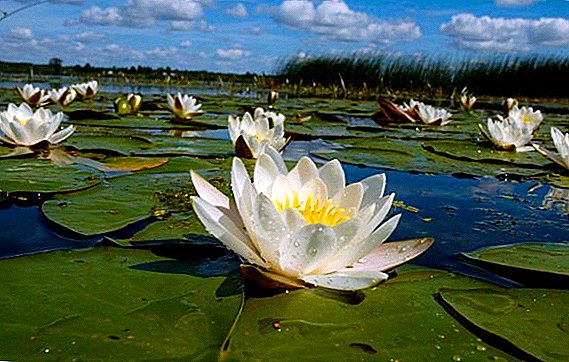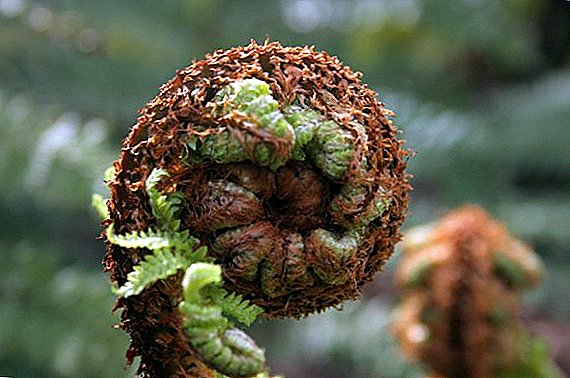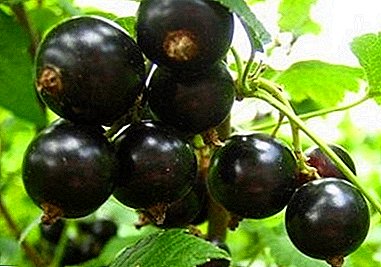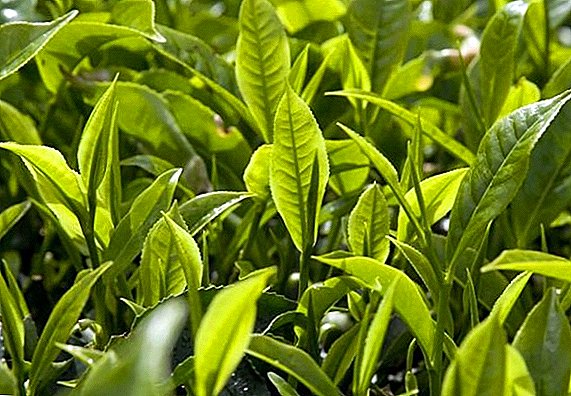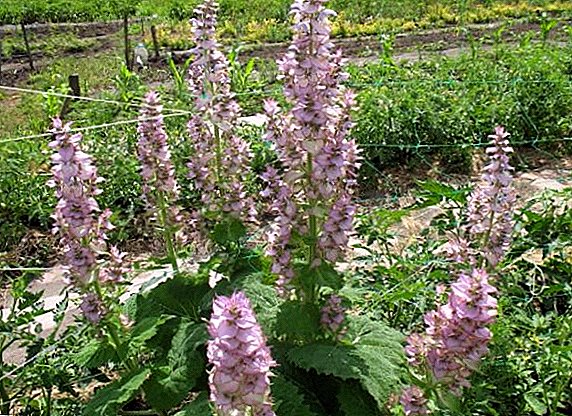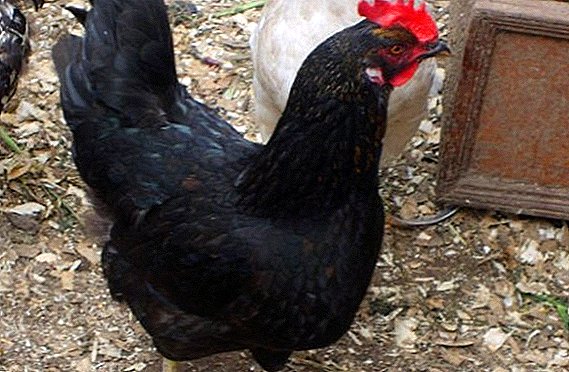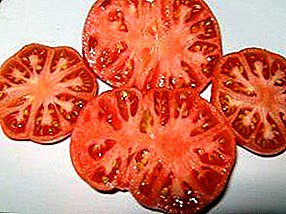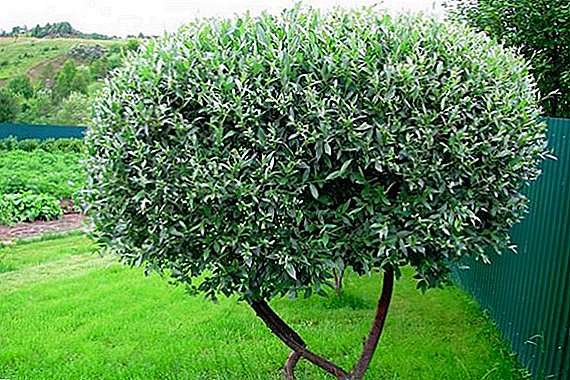 Willow is a very beautiful tree, but due to the fact that it quickly and strongly grows, it is not always possible to land such a magnificent giant with a spreading crown in its area. And then the decorative analog comes to the rescue. Let's see where the dwarf willow grows and how to take care of it.
Willow is a very beautiful tree, but due to the fact that it quickly and strongly grows, it is not always possible to land such a magnificent giant with a spreading crown in its area. And then the decorative analog comes to the rescue. Let's see where the dwarf willow grows and how to take care of it.
Description
Dwarf willow is the common name for many varieties of miniature trees. These plants have long earned popularity in the design of landscapes around the world.
It is curious that if you ask a question about the dwarf willow, where does it grow - in the steppe or in the tundra, you will not immediately give a concrete answer. This is because, thanks to the diversity of species, it is possible to choose a tree that will decorate a garden anywhere in the world.
In the wild, mini-willow can be found in the polar and circumpolar regions of Europe and America, very often in the mountain ranges, because the root system of this small bush is very powerful, and it takes root even in rocky soil.
Important! This frost-resistant plant does not like extreme heat. The most comfortable temperature for dwarf willow growth - 20-25 ° C
 A distinctive feature of dwarf willows - small foliage, which does not cause much trouble when cleaning. At the same time she is very beautiful both in summer and in autumn.
A distinctive feature of dwarf willows - small foliage, which does not cause much trouble when cleaning. At the same time she is very beautiful both in summer and in autumn.The advantages of mini-species
The main advantage of dwarf willows is in very compact forms, because they reach a height of 0.5 to 2 m. Although universal ornamental love and love, this ornamental tree has received, rather, for its peculiar beauty.
It is also worth noting that mini-species grow very quickly, and if it is necessary to fill in an empty space in the garden interior as soon as possible, then these shrubs are perfect for this.
In addition to the dwarf willow, you can grow goat and weeping willow on your plot.
Where is growing dwarf willow: the choice of location
In order to determine the place for planting and find out where the dwarf willow can grow, it is necessary to consider in more detail the species of this plant.  The general characteristics include the fact that the mini-tree is unpretentious and mostly frost-resistant. Even very windy sunny areas are excellent for planting.
The general characteristics include the fact that the mini-tree is unpretentious and mostly frost-resistant. Even very windy sunny areas are excellent for planting.
Did you know? Dwarf willow considered to be excellent honey plants, as its beautiful flowers attract with their appearance and are very rich in nectar.
Let's take a closer look at specific examples:
- Willow creeping - a universal representative of the species, which will perfectly take root on both the arid, stony site, and on a very wet one.
This creeping shrub looks very attractive. It blooms for a long time lush, first pink and then yellow flowers-earrings. In height it grows up to 40 cm, the leaves are brilliantly green from the top side and gray from the bottom. It grows very quickly.
For planting a mini-view fit absolutely any soil. Such a tree can be planted both in the garden and on the terrace or balcony.

- Willow net - one of the most beautiful and popular species. In the wild nature is most often found near lakes, rivers, as well as in the mountains. It is not demanding to the soil, it grows on both dry and wet areas.
For plants, alkaline soils are preferred. The most important advantage of this species is that the willow netting is very easy to take root: it is enough to put a sprig on a well-moistened ground - and the plant takes roots.
Due to the fact that the shrub grows in the tundra, it is well adapted to low temperatures, and severe frosts are not at all terrible to it. For the winter, only freshly planted bushes are sheltered, which have not yet had time to take root well.
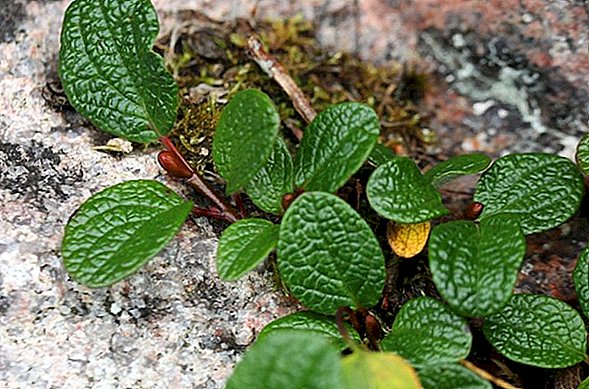
- Dwarf spherical willow - landed in the sunny corners of the garden, but for her it is preferable that there are reservoirs nearby. For the correct formation of the trunk, the first 3 years after planting, it is necessary to work hard with pruning.
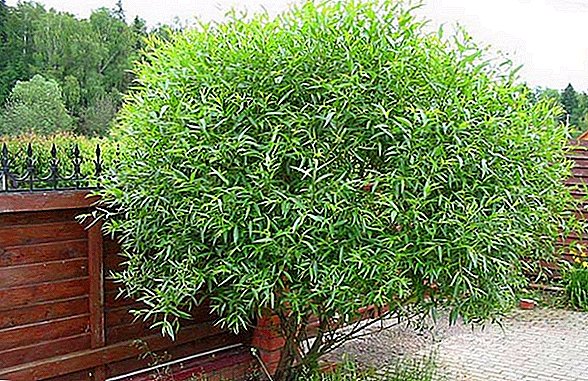
Did you know? Although plants belong to deciduous plants, very often they do not have time to shed their leaves before the first snow.
Summarizing the above, we can conclude that it is possible to plant these decorative trees on both arid and wet areas. Mini-species are quite cold-resistant and take root well.
Plant care rules
Caring for such plants is not difficult. All that is needed is to ensure good watering at least once every 4 days. Naturally, we should not forget that absolutely all representatives of this species need regular pruning.
The difference is only in the intervals between the haircuts. If the goal is to give a mini-tree some form, then the branches above the buds should be cut with a pruner at least once every 14 days. In those cases when a tidy look is simply necessary, and the concrete form is not set, it will suffice to cut dried or inaccurate branches once a year, mostly in spring. After pruning always need to water the plant abundantly.
In order for the willow shrub not to lose its decorative effect, but only to multiply it, do not neglect dressing. Fertilize several times a season with complex mineral preparations.
Learn more about such ornamental trees as: red maple, sycamore, red oak, catalpa.
Breeding features
It is possible to propagate dwarf willow in two ways: by cutting and receiving a seedling from the root shoot. The plant very quickly takes root in the sand or in the water. 10 days after the formation of roots, you can plant a seedling directly into the ground.
Planted mini-species in spring or autumn. In the second case, it is necessary to provide shelter for the young plant, since the tree will not have time to root sufficiently deeply before freezing. 
Important! In the first year after planting, be sure to pay special attention to abundant watering.
With that, where mini-types grow, we have understood. It is best to purchase seedlings in specialized nurseries, in which experts will help you with choosing a more suitable plant and advise you in proper care.
Dwarf willow, more precisely, its description gives us to understand that the tree will comfortably grow both near reservoirs and in sunny arid areas, contrary to established beliefs that willows grow exclusively by the river.
This ornamental plant is completely unpretentious and will not cause much trouble, but only bring beauty and harmony into your garden.





